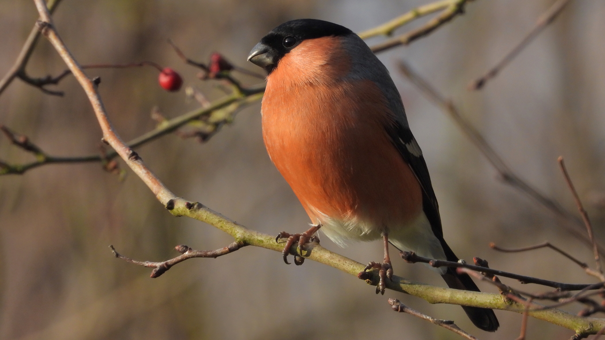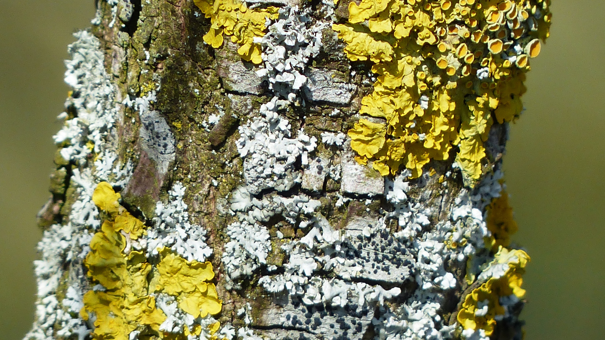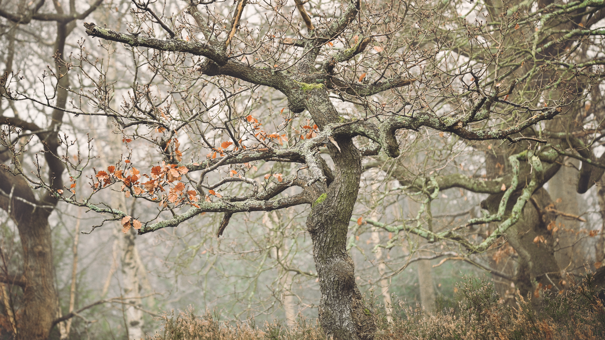A new State of Nature report confirms our worst fears for our struggling wildlife according to our leading nature organisations. The RSPB calls it a “nature reality check” and warns the findings show that “the devastating decline of our wildlife continues”. The report focuses on three measures of biodiversity change: abundance (the number of individuals), distribution (the proportion of sites that include target species) and extinction risk.
The landmark report brings together information from over 60 research and conservation organisations collected by thousands of skilled volunteers. It gives us a comprehensive picture of how different species and habitats are doing – with some faring much worse than others. When we compare this report with the previous edition published in 2019, it is clear the UK is in an even sorrier state within the space of a handful of years. But the report also points to hope – it includes examples that help prove that restoration and rewilding can work. In East Hampshire there are at least three farm clusters making enormous gains for wildlife such as The Selborne Landscape Partnership.

Key findings include:
• Across the UK the 753 species studied have declined on average by 19% since 1970
• Farmland bird species in the UK have, on average, seen their numbers fall by more than a half since 1970
• Invertebrate species are found in 13% fewer places now than in 1970. There have been strong declines in some insect groups with important roles, such as pollinators like bees and hoverflies
• More than half of the plants in Great Britain have been lost from areas where they used to thrive
• Only one in seven (14%) of the UK’s important habitats for wildlife was found to be in good condition

Since 1970, the abundance of the species studied in the report has declined on average by 19%, and nature continues to be in freefall. Amphibians and reptiles are also at risk, with 31% facing an uncertain future, and 28% of fungi and lichen species under threat. Twenty-six per cent of terrestrial mammals in Great Britain are facing extinction. There have also been declines in the distributions of more than half (54%) of flowering plant species and the authors find that 43% of our birds are at risk of extinction.
The report found the intensive way in which we manage our land for farming and the continuing effects of climate change are the two biggest drivers of nature loss. For marine creatures, climate change and unsustainable fishing are the largest factors. The report also found that only a fifth of farmland is in a nature-friendly farming scheme and just 44% of woodland is certified as sustainably managed. It is clear that the Environmental Land Management Schemes (ELMS) available to farmers need to be ramped up much more quickly and to include farmed land outside of National Parks.

The habitats that threatened creatures rely on are degrading further in quality. Out of the areas previously notified for wildlife, such as Sites of Special Scientific Interest, only one in seven (14%) was found to be in a good condition – a shocking further 24% decrease in only four years. In addition, only one in 14 (7%) woodlands and a quarter of peatlands were assessed to be in a good ecological state. Not one of the seafloor sites studied was found to be in good condition, owing to habitat damage from industrial-scale fishing.
There is a small amount of good news in the report, which shows that wildlife conservation methods have yielded results. In the Lyme Bay marine protected area, for example, the number of species increased markedly since trawling was banned in 2008.
Last Thursday, environment groups including the Wildlife Trusts, Greenpeace, Butterfly Conservation and Plantlife protested outside the Department for Environment, Food and Rural Affairs, and called for greater protection for the natural world.
